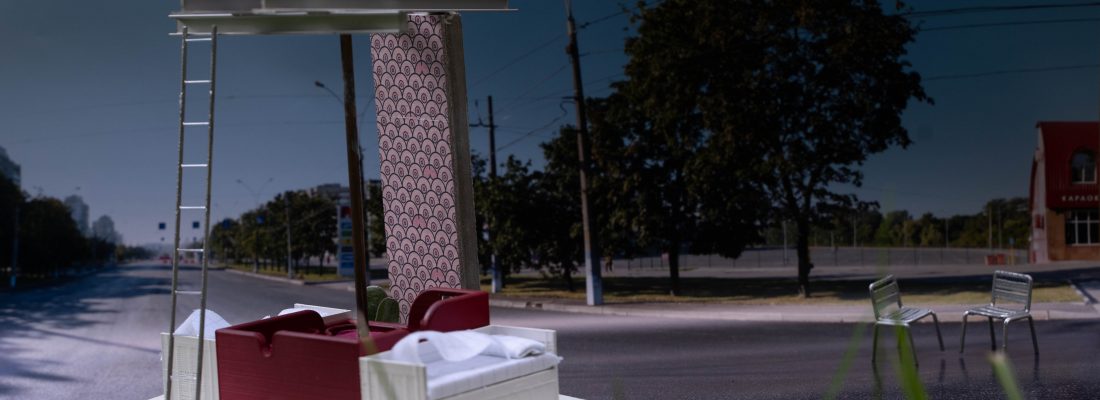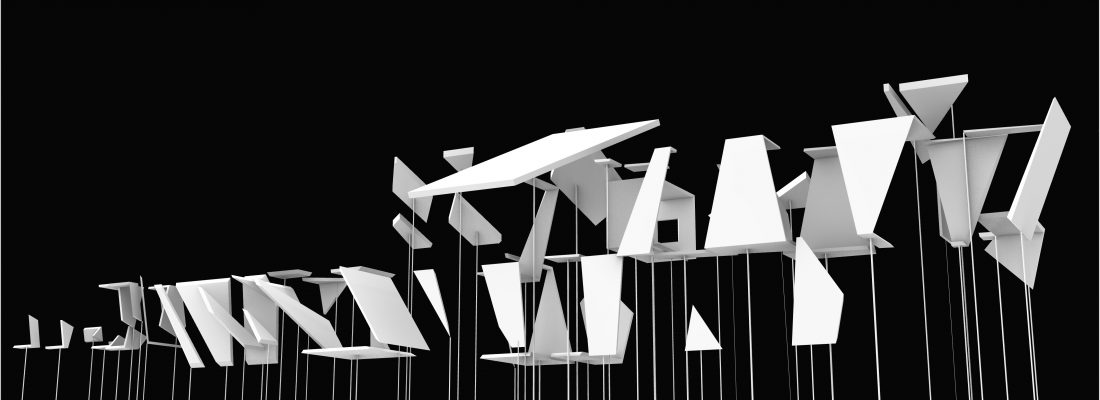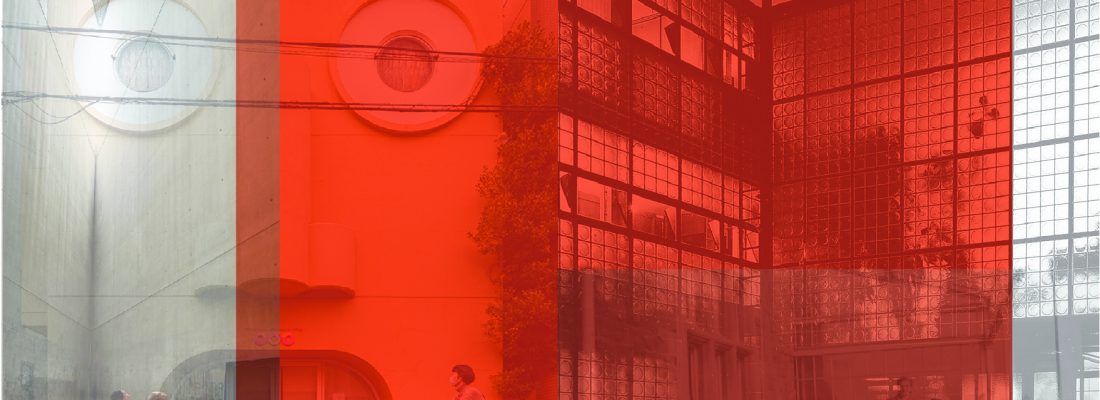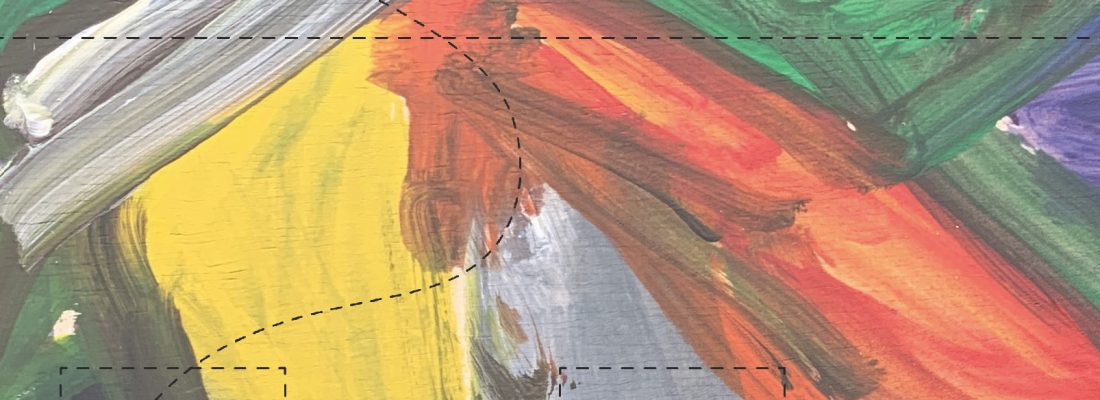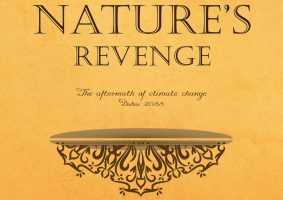
Nature’s Revenge: The Aftermath Of Climate Change / Chloe Stiefer
The COVID-19 outbreak at the beginning of the 22nd decade has led to a global lockdown.With most of the countries across the continents deciding on a quarantine obligation for its citizens, everyday life has changed. Most outdoor activities were not permitted during the spring months in 2020.People were so-to-say forced staying at home, staying indoors. […]
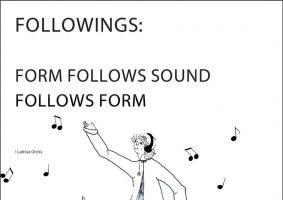
Followings: Form follows sound follows form / Larissa Groß
Juhani Pallasmaa, a finnish architect who has been dealing with perception in and of architecture during his whole career, emphasizes that in contrast to our impression of architecture as a dominantly visual experience, it is actually a multi-sensory one, where in his view seven realms of sensory experience – eye, ear, nose, skin, tongue, skeleton […]
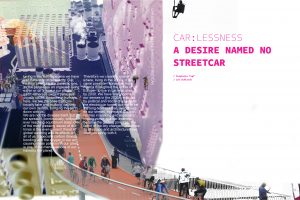
Car:Lessness – A Desire Named No Streetcar / Stephanie Topf & Leo Schleith
“Any I that responds to the Anthropocene—that intercepts the Anthropocene as address— responds to and within a broad, uncomfortable, and for most of the human population frankly unfair we. More than a conceptual tool for altering our relationship to the earth—as a particularly potent enthymeme in climate activist discourse—the Anthropocene is a material interruption that […]
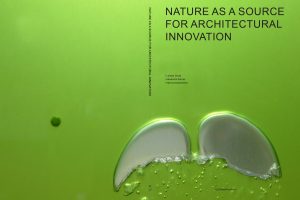
Nature as a source for Architectural Innovation / Larissa Gross, Marina Niedeleitner, Alexandra Rohner
Early in our existence, we stayed very close to nature, we coexisted with nature. Time passed and humans grew in number and knowledge. Their attitudes changed to their surroundings, learning to protect themselves from weather and enemies. To restore a balanced relationship with nature and reduce the strains on natural resources we need to reintegrate […]

Undercover Daydreaming: Playing with Architecture / Stephanie Topf
Disasters and fragments of the Anthropocene will be transformed into some sort of life-action multiplayer ‘game in a box’. The “Anthropogame” should allow a speculative, fictional approach towards a more sustainable future; or our own demise – for the future is as unpredictable as playing a game.
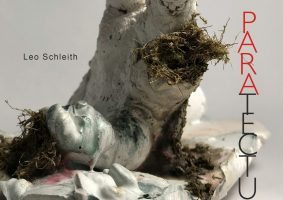
Paratecture Theory / Leo Schleith
It is hard to define where our current Anthropocene era is thriving, but one must agree that the ongoing problematic of climate change, and exploitations of natural resources can neither lead to a brighter future for mankind nor to a Sci-Fi highly technologically advanced society (as pictured in many utopian, as well as dystopian, stories). […]
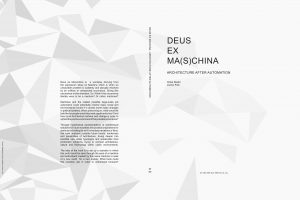
Deus Ex Ma(s)china / Chloe Stiefer & Lorenz Foth
lat. Deus ex Machina English ‘god from the machine’) is a plot device whereby a seemingly unsolvable problem in a story is suddenly and abruptly resolved by an unexpected and unlikely occurrence.Its function can be to resolve an otherwise irresolvable plot situation, to surprise the audience, to bring the tale to a happy ending, or […]
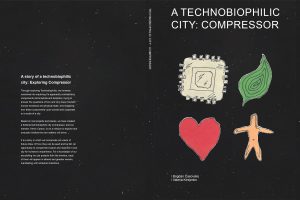
A technobiophilic city: Exploring Compressor / Bogdan Časovskij & Valeria Kirejenko
Our bachelor research was created as an opportunity to develop the idea of “taking the nature with us,‘‘ inspired by Sue Thomas, aiming to look into the co-evolution of physical and digital nature, both of which are being constantly replicated by humans. Wherever we go we always think of the natural world, in metaphors, as […]
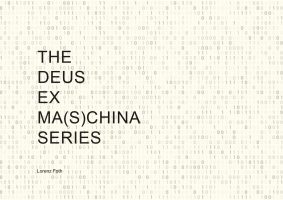
The Deus ex Ma(s)china series / Lorenz Foth
lat. Deus ex Machina English: ‘god from the machine’ is a term used to describe the event of a seemingly unsolvable conflict being solved abruptly and surprisingly by an unexpected force in a plot. Bringing a surprising effect and e.g. making a happy ending or a comedic moment possible – as suggests Varun Gwalani in […]
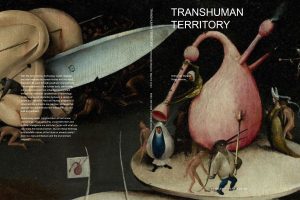
Transhuman Territory / Melanie Hofmeister & Maxime Victor
„I still think, that within a few generations it will be possible to transform the substrate of our humanity.“ Nick Bostrom Humans have always striven for something higher. Whether it is overcoming death or attaining a state of omniscience. This ambition has driven humans for thousands of years and has brought many new discoveries and […]
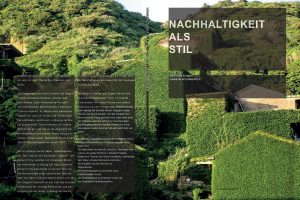
Nachhaltigkeit als Stil / Matthias Schmidt & Christin Schönberger
Within the framework of the design studio, we dealt with the theme of the dream of nature. As a starting point we used the term Hypnerotomachia Naturae, which comes from the novel “Hypnerotomachia Poliphili” by the Italian writer Francesco Colonna. At the beginning of the semester we dealt with texts and films about architecture and […]
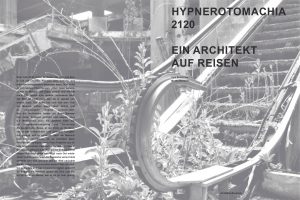
Hypnerotomachia 2120 – Ein Architekt auf Reisen / Ines Beikircher & Moritz Bommer
The relationship to nature has a long tradition in architecture. This is reflected not only in built architecture, but also in architectural theory. Motifs such as ornamental decorations, floral decoration of capitals, but also mythical figures – such as nymphs and animal figures – are an important part of what we understand as a symbiosis […]


